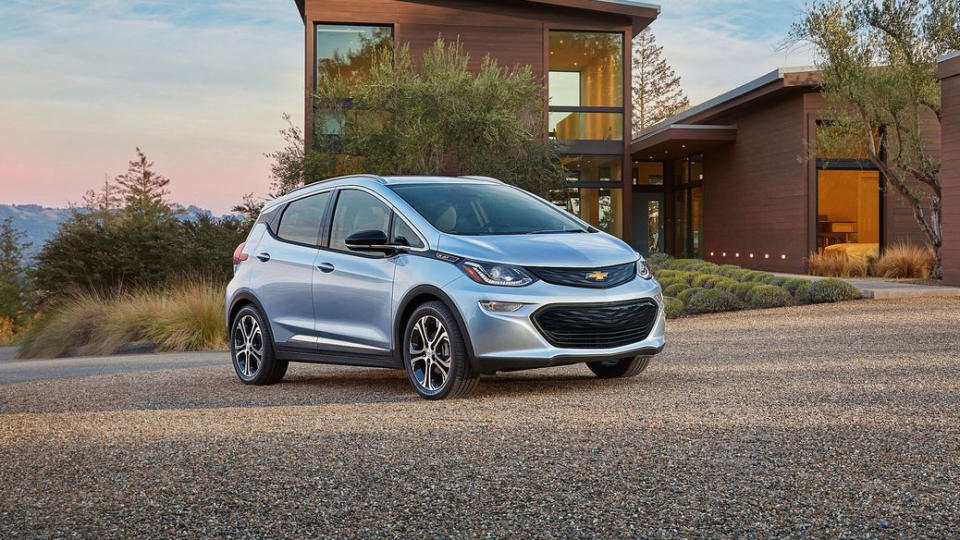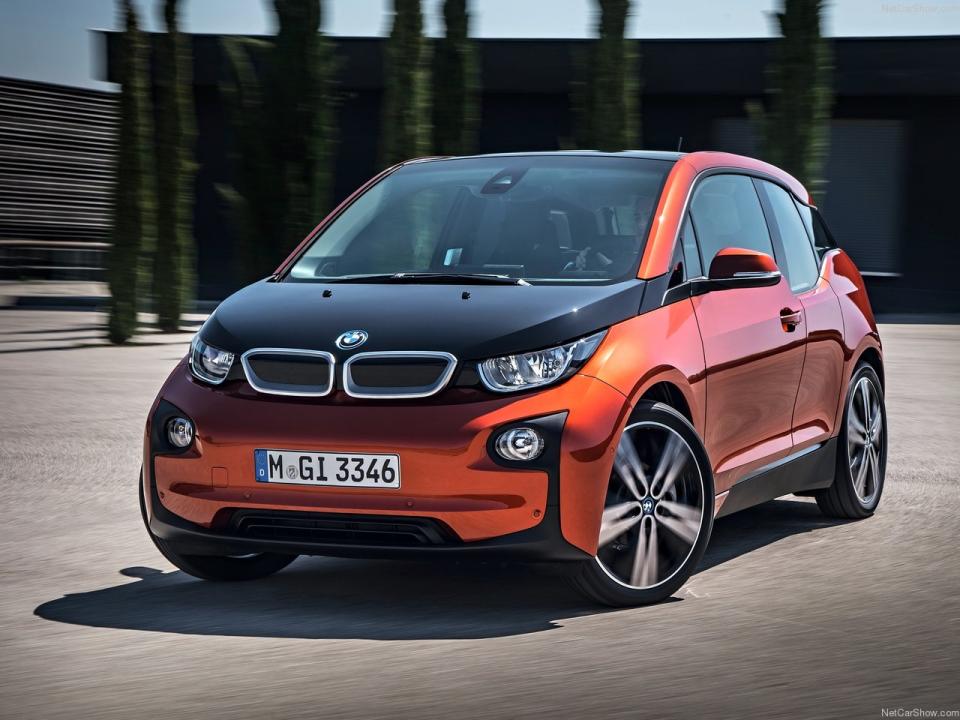How Far (Literally) Can the Electric Car Go?
For all the excitement in recent years about electric cars, the percentage of new car sales going to EVs in 2015 was less than one percent. With 25 plug-in models now on the market, the question is: What will it take for mainstream car buyers to make the leap from internal combustion to electrons? One obvious answer is: longer driving range.
For the past five years, the world's top-selling EV has been the Nissan Leaf, a compact hatchback that through late 2015 only provided about 80 miles of real-world driving range. Despite that limitation, the Japanese automaker managed to sell about 90,000 units in the U.S. and 200,000 examples worldwide. That's laudable, but dramatically below the target of 1.5 million EV sales by 2016 set by Carlos Ghosn, chief executive of the Nissan-Renault Alliance, soon after the Leaf's launch in late 2010.
To make matters worse, Nissan was caught flat-footed when Tesla Motors and General Motors took off in a race to offer a 200-mile electric car in the neighborhood of $30,000.
"We are very aware of what's happening in the market," said Ken Kcomp, director of product planning at Nissan, in January. "Nissan is developing longer range batteries."
Kcomp declined to comment about the range of a future Nissan EV or when it might be introduced. In the meantime, the 2016 model-year of the Leaf took baby steps toward longer range-giving consumers the option of a bigger battery pack that provides 107 miles of estimated range for about $5,000 more than the $29,000 base model.
Nissan also showed a new electric concept car, dubbed "IDS," at recent auto shows in Tokyo and Detroit. When asked about the size of the IDS's battery pack-precisely matching the 60 kilowatt hour (kWh) capacity in the upcoming Chevrolet Bolt, which goes on sale at the end of this year, Kcomp replied, "There are different ways to look at EV leadership. Range is one of them. It's not lost on us."
General Motors pinpointed 200 miles as the turning point when mainstream consumers consider an EV just like any other car. "Today's drivers of 100-mile electric cars always need to look for the next charge," said Larry Nitz, G.M.'s director of global transmissions and electrification.

He believes that drivers starting their day with a fully charged 60-kWh battery in the Chevy Bolt will not give a second thought to running out of juice before returning home-even on the coldest days when low temperatures dramatically reduce range. When asked if competitors will aim for the same high range, Nitz replied, "They have to. That's how the free market works."
Whether the small but functional subcompact Bolt becomes a hit-regardless of its longer range-remains to be seen. Within a year or two of its release, the Bolt will face competition from the Tesla Model 3, a similarly priced small but sportier sedan expected in late 2017 or 2018. Tesla has not shared many details about the car-other than its goal of surpassing all other EVs in terms of sales.
Not every car company believes that big-battery, long-range EVs are the answer.
"I question the race to the 200-mile electric car," said Jose Guerrero, head product manager of electric vehicles, high-performance models, and connected technology for BMW of North America. Guerrero cited statistics that the average American commuter drives about 36 miles a day, well within the range of the BMW i3. He believes that consumers wanting more range for occasional longer trips can choose the i3 with a two-cylinder, range-extending gasoline engine. That adds nearly $4,000 to the car's price, pushing it beyond $46,000 (before incentives).

"We don't see exponentially increasing sales with a 200-mile battery," Guerrero said. In 2015, the BMW sold more than 11,000 units of the i3-only surpassed by the more affordable Leaf and Chevy Volt plug-in hybrid, as well as the sleeker and more expensive Tesla Model S.
For BMW, the brand's reputation for vehicles with sporty handling and well-appointed cabins trumps notions about minimum EV range. "Putting a 60 kilowatt-hour battery in an i3 would kill the dynamism of the car," said Guerrero. The i3 body's extensive use of ultra-lightweight carbon fiber and aluminum-materials usually reserved for race machines and supercars-was intended to reduce the amount of required battery power and offset the weight of the i3's battery pack, while still providing quick acceleration and crisp handling.
You won't convince Siegfried Pint, Audi's chief of electric powertrains, that a small electric car primarily intended for local driving-with or without a backup engine-will serve mainstream consumers. "I had that opinion six or seven years ago," Pint said, referring to his tenure as the electric powertrain engineer for the BMW i3 before moving to Audi. "But if you want to sell a decent number of cars, you need 'first-car ability,'" he said, coining a phrase for an electric car that can serve a driver in every way that a gas car does today.

The Audi e-tron quattro, a new ground-up crossover that's slightly bigger than the brand's Q5 utility vehicle, will pack a whopping 95 kilowatt-hour battery pack, granting more than 300 miles per charge-threatening to further escalate the EV range wars. The e-tron is expected to sell for around $60,000 to $70,000.
Why did Audi push driving range of the e-tron all the way to 300 miles? "That was a strong requirement from the sales department," Pint said.
Whether it's hoping auto buyers accept EVs with shorter range limitations, or finding better ways to cram more battery power and longer range into daily drivers, every competitor still has a long way to go in the race to become the standard for electric vehicles.

